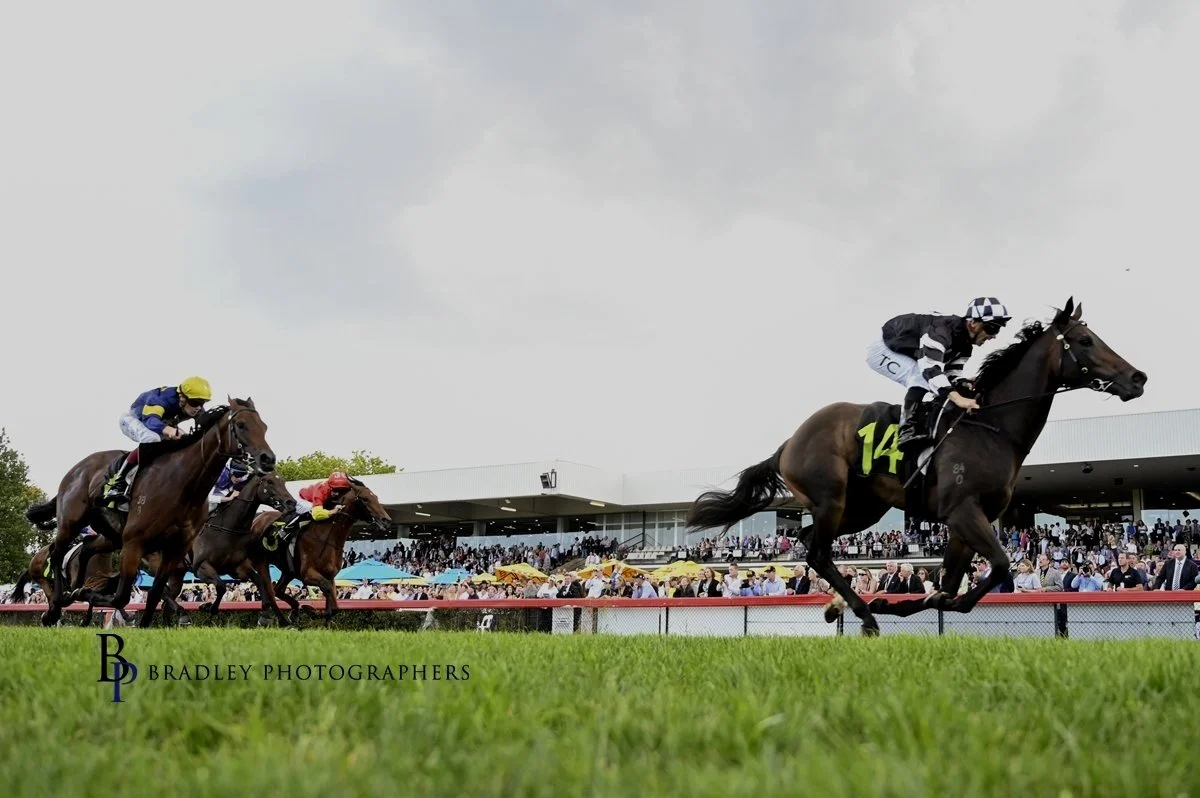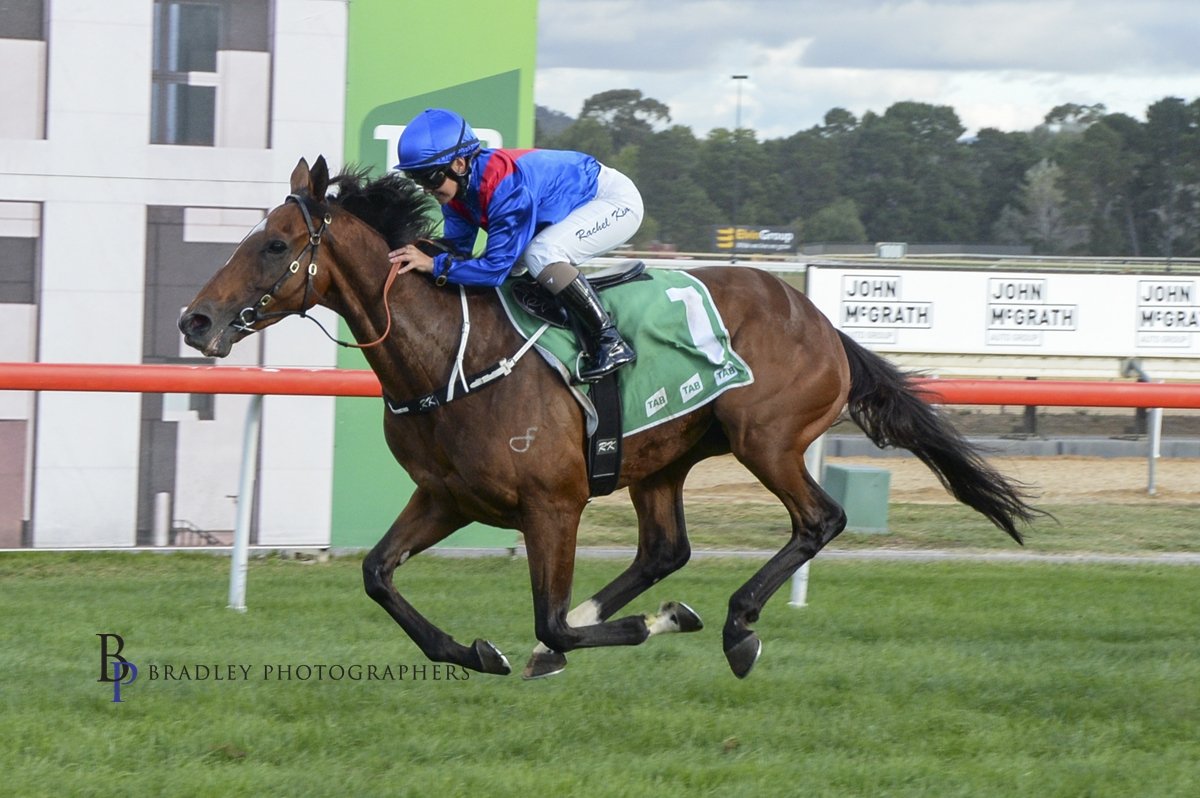The creation of the Black Opal Stakes in 1973 triggered a buzz in racing circles. A major two year old race in the national capital sandwiched in between the Blue Diamond and the Golden Slipper made good sense. So did the attractive name which seemed a natural follow on from Melbourne’s premier juvenile event. The inaugural Blue Diamond won by Tolerance had been run at Caulfield only two years earlier. Perhaps members of the Canberra Racing Club committee of the day were inspired by the fact that black opal is one of the rarest and most valuable gemstones in the world. Perhaps they were impressed that more than ninety percent of the world’s black opal is produced at Lightning Ridge in north western NSW. Whatever their reasoning it was a catchy name for a new race, and remains so to this day.
I had the good fortune to be invited to act as guest commentator for the first Black Opal and I’ve never forgotten the occasion. Canberra turned on a sparkling autumn day which brought a huge crowd to the track including a strong Sydney contingent and a host of interstate visitors. A couple of spots ahead of me on the turnstile queue was Victorian race caller John Russell who’d travelled from Melbourne with a group of enthusiasts to watch the inaugural running of the new two year old race.
Race favourite was Rich Reward whose Sydney form assured him of favouritism. He was one of a huge team of horses owned by retired coal mining and haulage magnate Stan Fox, who’d burst onto the racing scene some eight years earlier. The majority of the Fox horses were trained at Rosehill by veteran Jack Denham who was destined to have a long and happy connection with the Black Opal Stakes. Favourite backers in the first Opal were in good spirits as jockey Chris Gwilliam drove Rich Reward to a clear lead halfway down the straight, but grew apprehensive when long priced local Wanted Man emerged from the ruck with the momentum of an express train. With the ageless Ted Doon on board the Jack Gordon trained Wanted Man dived at Rich Reward.
Inside and outside images of the famous Black Opal photo finish 1973. There is a margin for Rich Reward (white cap) over Wanted Man (no.11) with Beau Phantom (Kevin Langby) a close third - courtesy Canberra Racing Club.
Amazing scenes followed. Although the finish was obviously very close, Rich Reward looked to have a tiny margin over Wanted Man. Ted Doon already had his winning percentage spent. The jockey brought Wanted Man to an abrupt halt, turned him on a postage stamp and headed back towards the enclosure at a strong canter. With a smile on his face as wide as Sydney Heads and flourishing his whip to the crowd, Ted couldn’t wait for the attendant to open the gate and let him charge to the winner’s circle. There was great sympathy for the forty six year old jockey when Rich Reward’s number flashed into the semaphore. Ted was still questioning the outcome of that photo finish when he died in 2011 at age 84. Rich Reward was the first of five Opal winners for Jack Denham who won subsequently with Bianca (1976), Gold Mosaic (1978), Maizcay (1987) and Marks Gain (1989). Denham, who passed in 2009 remains leading Black Opal trainer.
The sophisticated photo finish apparatus at Thoroughbred Park wasn’t required this year when debutante Autumn Ballet carved herself a little piece of racing history. The daughter of The Autumn Sun became the first horse to win the Black Opal on debut, although she looked more like a filly who’d done it all before. Tim Clark wisely steadied her when it was obvious several others were keen to lead. She settled one off the fence right in the slipstream of her stablemate The Years who was one of four leaders approaching the hometurn. Autumn Ballet looked a seasoned pro as she peeled off the heels of The Years at the 200m, and the race was over in a twinkling. She even had the audacity to prick her ears at the winning post and had a good look ahead as she was pulling up. She was a pretty pricey Inglis Easter purchase last year at $340,000, but looks likely to compensate her large ownership group in the immediate future. Sunday’s win purse of $120,000 was a good start.
Autumn Ballet was far more interested in the upcoming terrain than she was in winning the Black Opal - courtesy Bradley Photographers.
Neil Paine, in trademark attire, represented the Waterhouse/Bott stable at Canberra and accepted the trainer's trophy on behalf of the stable - courtesy Bradley Photographers.
Watching quietly from the wings on Sunday was newly appointed Canberra Racing Club CEO Darren Pearce. In the job for less than seven months, the widely experienced administrator takes the reins at a time when the club faces multiple challenges. A prime requisite for any racing executive is a basic love of the racing game from top to bottom. It’s unlikely that Australian racing has known an administrator with more passion for racing than Darren Pearce. He brought an impressive CV to the board of the Canberra Racing Club when tenders were called last year for the all important role.
He’s been a senior executive in the racing and wagering spheres, and has garnered valuable experience in the banking and accounting industries. He was the youngest CEO in the history of the Australian Jockey Club when appointed to the role in 2009. He was closely involved in the merger of the AJC and STC in 2011, and became the inaugural CEO of the newly created Australian Turf Club. He had a significant role in the ATC’s partnership with Racing NSW to secure funding for the much publicised redevelopment of Royal Randwick which featured the construction of the six storey $180 million dollar grandstand. Darren then oversaw the colossal project in conjunction with the ATC Board and advisory team. He was involved in discussions when the Everest and Championship plans became a reality.
Darren later opted for a change of direction in joining Tabcorp Ltd as Executive General Manager of Media and International. For more than three years he had a close involvement with some well known brands - Sky Racing, Sky Racing Active, Sky Sports Radio, Radio TAB, Sky Racing World, and Premium Gateway International.
Darren Pearce joined the Canberra Racing Club as recently as September 2022. He brings great experience to the role - courtesy Bradley Photographers.
Luckily Darren Pearce is a man who has always relished a challenge because he was confronted by a wall of them when he slipped into the CEO’s chair last September. To begin with there was the matter of high Worker’s Compensation costs which had already seen talented trainers like Luke Pepper, Nick Olive and Matthew Dale seek refuge across the ACT border. There was understandable angst from ACT owners and trainers that Canberra horses are at the bottom of the pecking order when ballots are being determined for the regular TAB Highway races on Sydney tracks.
Especially unsettling was the attitude of the ACT Greens to the continuation of racing in the region. Predictably they were calling for the total abolition of Government funding despite the small matter of 400 jobs within the framework of the Canberra racing industry. Most galling of all the hurdles placed in front of the Canberra Racing Club was a press statement issued by the ACT Government on Melbourne Cup day last year. Delivered at a time when racing has primary media focus, the Government seized upon the opportunity to announce that they were opposed to the Canberra Racing Club’s proposed plans for the development of its spare land adjacent to the Thoroughbred Park Racecourse. They implied that they were in favour of the elaborate development of the site, but without a racecourse. The incumbents were not prepared for the backlash that followed. Darren and his committee are currently in constructive discussions with the Chief Minister’s delegates.
Thanks to a concerted promotional campaign by Marketing Manager Robbie Ringland, a robust crowd of 7000 turned out for the Black Opal. A party atmosphere and strong betting turnover provided a blissful diversion for Darren and the Canberra Racing Club committee. Attendance was again healthy for Monday’s public holiday meeting which was highlighted by the $200,000 Canberra Cup. Keen observers who like to pick winners in running would have given Arapaho’s name a shout from about the 8OOm. A perfect Rachel King ride saw the import travelling sweetly in the one out one back slot to the turn, before easing four deep at the top of the straight. The Lope De Vega gelding had the Canberra Cup won in a few strides. A close look at his form suggests he probably should have started favourite.
Arapaho, winner of a three year old race at Longchamps early in his career took a long time to acclimatise in Australia. He finally broke through at Rosehill in May 2022, and has raced fairly consistently ever since. A second in the Caloundra Cup was followed by a Grafton Cup win in July of last year, and just two starts later he won the Gr 3 Premier’s Cup at Randwick. Then followed placings in the City Tatts and Newcastle Cups before a respectable midfield finish in the Metropolitan and a second to Stockman in the St. Leger. His form was good enough to get him into the Melbourne Cup in which he was far from disgraced in finishing eleventh of twenty two.
On resuming he was unplaced behind Anamoe in both the Apollo and Chipping Norton Stakes, but within respectable distance of the superstar. This was the path taken by a sound and healthy Arapaho into Monday’s TAB Canberra Cup. It was Rachel King’s first success in the ACT feature but a second for trainer Bjorn Baker who won with Samadoubt four years ago.
Arapaho was never going to get beaten in the Canberra Cup. It was Rachel King's first win in the stakes race - courtesy Bradley Photographers.
Although Sydney stables got away with the feature races, local trainers dominated the undercard over the two days. Norm Gardner won three races as did the training trio of Barbara Joseph, Paul and Matt Jones. All the more reason for Darren Pearce, President Les Boag and a very focused committee to remain resolved to the development of first class training infrastructure at Thoroughbred Park. There are challenges aplenty awaiting the Canberra Racing Club as the sun sets on the first fifty years in Black Opal history. All the complications thrown up by the modern world will only strengthen the resolve of Darren Pearce and his team. The future of racing in the national capital couldn’t be in better hands.
Destructive Diva (Danny Beasley) makes it three wins over the two days for Canberra trainer Norm Gardner. Barb Joseph and Paul and Matt Jones did likewise - courtesy Bradley Photographers.
(Banner image - This shot from the infield shows Autumn Ballet pricking the ears as she strolls home in the Black Opal before an enthusiastic crowd - courtesy Bradley Photographers.)







